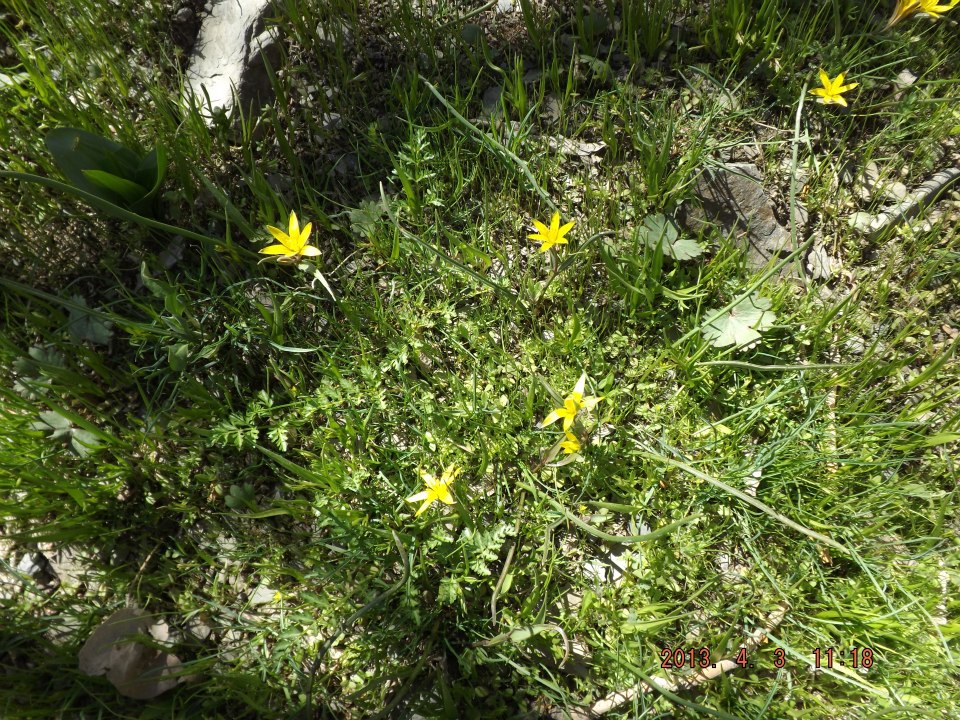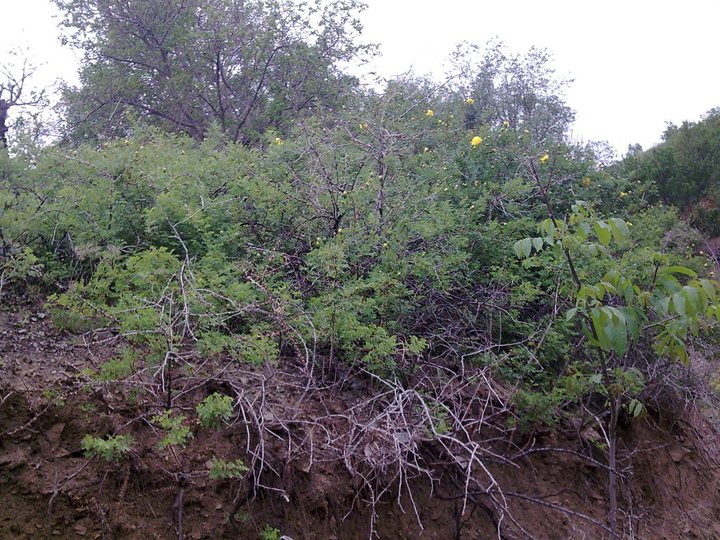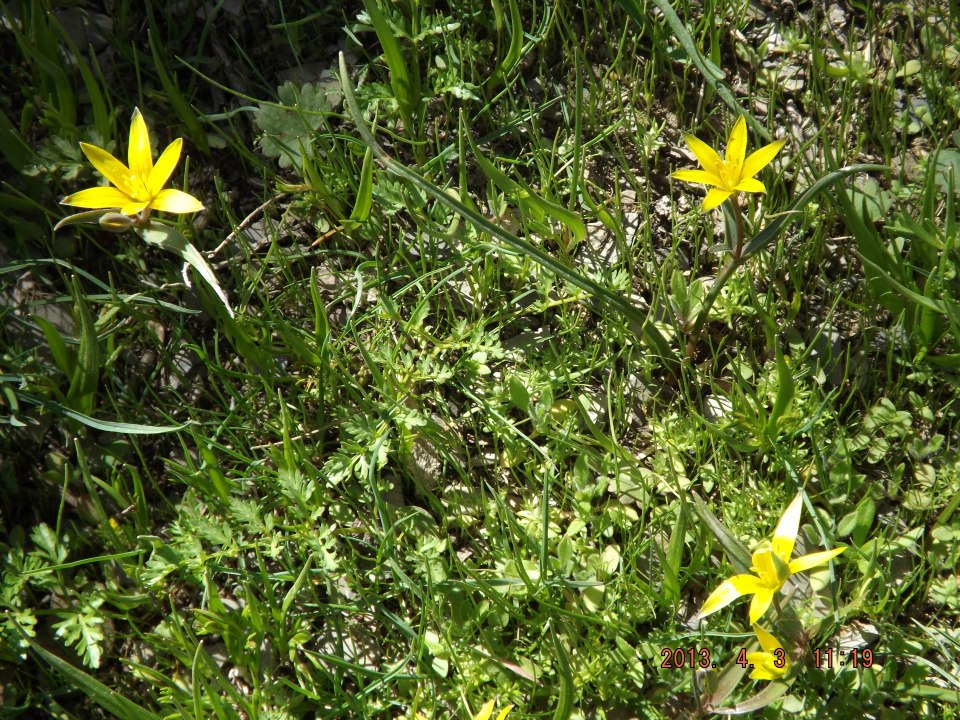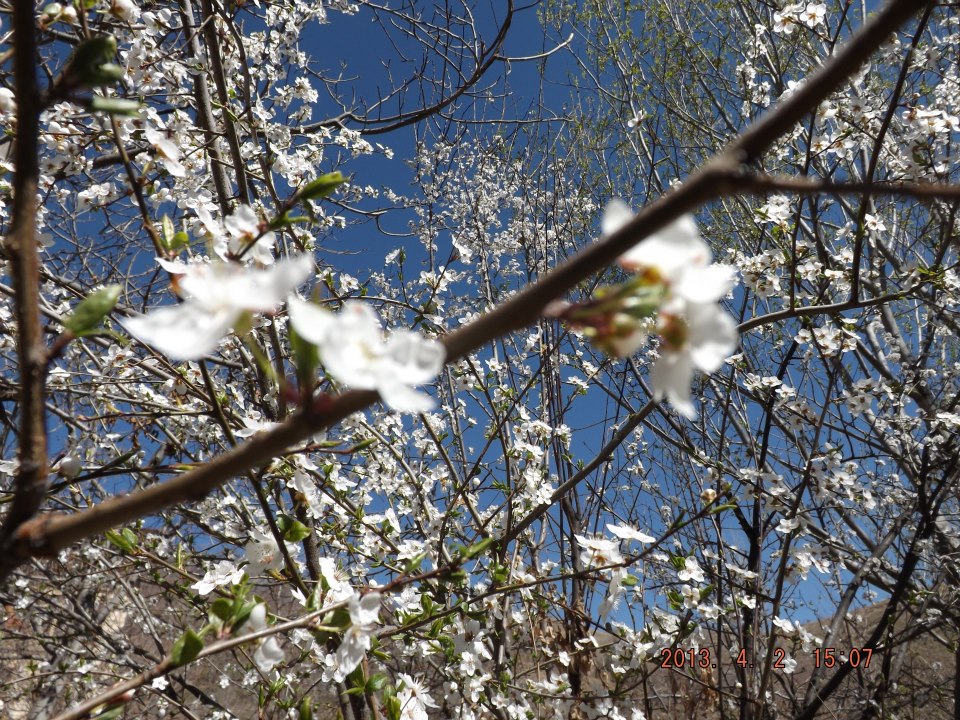
دیزباد وطن ماست
سایت رسمی روستای دیزباد علیا (بالا) از توابع شهرستان نیشابور در استان خراسان رضوی ایران.
دیزباد وطن ماست
سایت رسمی روستای دیزباد علیا (بالا) از توابع شهرستان نیشابور در استان خراسان رضوی ایران.How to call Dizbad
Dizbad (IRAN) :: city code, area code, dial code, country code, long distance
All countries -> Asia -> IRAN -> Khorāsān
City Name / Region National Dialing Format International Dialing Format
Dizbad 0 (512) 252-XXXX +98 (512) 252-XXXX

Khaki Khorasani

Imam Quli signifying "the servant of God" in the Turkish language, is native of the village of Dizbad in the Khorasan. This village now flourishing, is situated in the mountains and hangs on the highest flank, the Kuh-e-Binalud 10535 feet), at half way between Nishapur and Mashad.
He is known under the name of Khaki Khorasani but as a writer he uses the pen name of Khaki (that belongs to the soil).
Unfortunately we have very little information about his life in order to give a complete biography. We will, therefore, content ourselves with the elements that the author is giving us indirectly in his works and of folklore. We will be able to reconstitute broadly the surrounding in which the Imam Quli lived and grew.
Historical outline
According to the date of his books, it can be affirmed that he lived under the reign of the Safawid Kings, probably under Shah Safi (1037-1052/1628-1642) and under Shah Abbas II (1052-1077/ 1622-1667).
The Safawids, as it is known, were a dynasty of Sufi origin and Shi'a belief. They imposed Shiaism as state religion while they were patronizing the growth and the propagation of Sufi ideas. To the Ismailis, this policy brought a certain relief and a greater freedom in their religious practice and the expression of their ideology. Volently persecuted after the fall of Alamut, it is understood that Sufism served them as alibi and as convenient refuge. The Ismailis continued to practise and propagate their faith in using the cloak of Sufism upto the dawn of the nineteenth century. Thus a quite important Sufi-lsmailite literature was born. This junction of Ismailism and Sufism would have been unthinkable if both did not have a common source. In fact, the theology of Sufism revives nearly in its entirety, the metaphysical doctrine of Ismailism (Haqa'iq). However, while using the vocabulary of Sufism and professing the same theosophical metaphysic, the gnostic Ismailis as well as Khaki Khorasani were hostile to sufi practice and beliefs.
Since the massacre of the last Imam of Alamut, Imam Ruknud-Din Kurshah by the Mongols (1257), his descendants established themselves in the south of Caucasus. They lived there hidden under the garb of Shaikhs and of venerable land-owners (vide W. lvanow, Brief survey of Ismailism, No. 7, Leidan, 1952. p.18). Later in the IX/XVth century they settled down in Anjudan (about twenty miles from Arak). Khaki Khorasani was the contemporary of two Imams residing at Anjudan, whose names he cites in his poems: Imam Shah Dhulfikar Ali (920-922/1514-1516) and Imam Shah Nur-ad-Dhar (i.e. Shah Nurd-Din Ali) (922-957/1516-1550). For the latter, Khaki cites a later date: 1056/1646.
However, in spite of this comfortable situation for the Ismailis, the faithfuls had to be very careful and observe the taqiyya, the secret to avoid reviving the fanatism and the hostility which during centuries had impregnated the mind of certain less educated religious group. That fanatism resulted, as historv showed it, in acts of violence and in considerable loss of human lives in the lsmaili community.
This lack of understanding still existed at the time of Khaki. The folklore has preserved the painful souvenirs of the tortures that the Imam Quli endured by the authorities of his villages he outlived, it is said, by divine blessings. It was the exact opposite for his predecessor Qasim Amiri of Shiraz, a star in the pleiade of Ismaili poets of the post-Alamut period. In fact, in spite of the precautions he took to conceal his faith, he was accused of heresy in 973/1565 and was rendered blind under the orders of the King Tahmasp (930-984/1525-1576); he was later on executed by Abbas the First (999/1591).
Common surnames for Dizbad
Popularity score:
Common misspellings and typos for this name: Dizabd, Dzibad, Dibzad, Dizba, Dizbaa, Dizbsd, Dizbad,
Dozbad, Dizbad, Dizbad, Dizbad, Dizbada, Dizbade, Dizbadi, Dizbado, Dizbad

Fidai Khorasani

By: Ibrahim
Period: (1850-1925)
Muhammad bin Zain al-Abidin bin Karbalai Daud Khorasani, was also known as Fidai Khorasani and Haji Akhund in Iran. He was born in 1850 in Dizbad, a village located in the mountains between Mashhad and Nishapur. He traced his descent from Khaki Khorasani (d. 1646), the famous Ismaili poet. Fidai Khorasani took his formal education in Dizbad and studied in Bakiriya Madrasa in Mashhad. He was knowledgeable in religion since childhood and explored rare historical documents on Ismailism.
He visited India in 1896 for the first time to see Imam Sultan Muhammad Shah, who assigned him to an important teaching position in Iran. He stayed two years in Bombay, and fortunately attended the first marriage of the Imam with Shahzadi Begum in 1897 at Poona. He made his second visit to Bombay in 1900, where he passed few years. In 1903, the Imam appointed him as a mu'allim in Iran and Muhammad Hussain Mahmudi as a Special Commissioner to deal with community affairs with the Persian government. He returned to Iran with a new mandate and visited the different villages to impart religious education to the Ismailis.
In 1906, Fidai Khorasani paid his third and last visit to Bombay, where he had an opportunity to testify in favour of the Imam during the hearings of the Haji Bibi Case. He returned to Khorasan soon after the court’s ruling in Imam’s favour in 1908. In Bombay, he also came into the contact of Mukhi Laljibhai Devraj (1842-1930) and Master Hashim Bogha (1863-1912).
Imam Hasan Ali Shah had made certain arrangements for the affairs of the Ismailis in Iran a few years after his migration. He appointed Mirza Hasan as his estate manager, whose seat was in the village of Sidih, between Qain and Birjand. Mirza Hasan was the son of Mirza Hussain bin Yaqub Shah Qaini, a famous dai in Kohistan who composed numerous religious poems. His family served for 40 years in Iran. Mirza Hasan died in 1888 and his son, Murad Mirza, who rebelled against the Imam, inherited his office. He pretended that he was the leader like his forefathers. He also claimed the rank of hujjat for himself at first, asserting that he was the hujjat capable of having access to the Imam. He prevented the Ismailis of Khorasan from visiting the Imam in India and planted a net of spies everywhere in Iran, forcing the Ismailis to forsake their faith and espouse his creed.
Murad Mirza also advanced his support to Haji Bibi, the widow of Muchul Shah (d. 1903) during the Haji Bibi Case in 1908. Soon afterwards, he propagated that Samad Shah, the son of Haji Bibi was the legitimate successor of Imam Aga Ali Shah, and mustered his group in Khorasan. It should be known that Samad Shah spent 20 years in the armed forces of British India and was in Iraq during the first World War. He took a chance to visit Sidih to meet the supporters of Murad Mirza. He never claimed the Imamate, but it was Murad Mirza, who waged propaganda against the Imam. There were however some differences between Samad Shah and the Imam during the case, which were soon eliminated. The Imam sent him as his special commissioner to Hunza in 1930. When Samad Shah died without a son during the second World War the supporters of Murad Mirza became the Twelvers in Iran.
Imam Sultan Muhammad Shah in the meantime established direct contacts with the Ismailis in Iran to undermine the rebellious mission of Murad Mirza. He sent a special farman in Iran through Fidai Khorasani in 1908 to stop paying their religious tithe to Murad Mirza. In 1910, the Imam introduced certain changes in the religious practices and rituals in Iran. Murad Mirza started to intrigue against the Ismailis. With the help of the local Twelvers, the house of Fidai Khorasani was pillaged in Dizbad when he was on his mission in Qain. Later, a certain Twelver leader, Mulla Muhammad Bakir, gathered a mob and attacked Dizbad to arrest the Ismaili leaders. Fidai Khorasani was on a trip to Birjand, but his brother Hasan and a few others were captured and taken to Darrud, near Nishapur. The guards inflicted on them strokes of a whip, and tortured them severely with sharpnails in prison. They were forced to curse the Imam in public, which they refused with their unwavering faith, and declared boldly, “We will embrace death, but never dwindle our faith.” It was some time later that a gang of local Twelver leaders scourged them to death.
The Imam mobilized his intensive efforts of influences and prevented further massacre of his followers in Iran through the intervention of the British Consul at Mashhad. Fidai Khorasani exhorted Ismaili tariqah to the Ismailis so deeply that Murad Mirza could not withstand and died at the end of 1925.
After providing long and inestimable services to the Ismaili jamats in Iran, Fidai Khorasani died at Dizbad in 1925 and was buried next to the grave of Khaki Khorasani. His authority passed to Sayed Suleman Badakhshani. In the meantime, the Imam also deputed an Indian follower, named Alijah Datoo Meru (1868-1939) as his Special Commissioner in Iran with new guidance. He sailed from Bombay on April 19, 1923 and visited different villages in Iran during his journey for about 11 months and returned to Bombay on February 4, 1924.
Fidai Khorasani was a natural-born speaker and thousands would come to listen him and enjoy the beauty of his oratory. He was also a distinguished writer. He compiled many books, such as "Irshad al-Salikin" (1900), "Kash al-Haq" (1914), "Kitab al-Danish-i Ahl-i binish," "Haqiqat al-Ma'ani", "Diwan" of 12000 verses, and "Kitab-i Hidayat al-Mominin al-Talibin" ed. by A.A. Semenow, Moscow in 1959.
Period: (1850-1925) Muhammad bin Zain al-Abidin bin Karbalai Daud Khorasani, was also known as Fidai Khorasani and Haji Akhund in Iran. He was born in 1850 in Dizbad, a village located in the mountains between Mashhad and Nishapur. He traced his descent from Khaki Khorasani (d. 1646), the famous Ismaili poet. Fidai Khorasani took his formal education in Dizbad and studied in Bakiriya Madrasa in Mashhad. He was knowledgeable in religion since childhood and explored rare historical documents on Ismailism.
Mumtaz Ali Tajddin S. Ali is an popular Ismaili Scholar, He has written biography of ismaili heroes such as Fidai Khorasani in 101 Ismaili Heroes,
Article Source: http://www.positivearticles.com. PositiveArticles.Com does not vouch for or necessarily endorse the contents of this article.
Some Resources about Dizbad
Please check the Below resources and tell us about how we can access to these.
Hossein Davoudi, Dizbād: A Staircase to History, in Persian, Jadid Online, 2008, http://www.jadidonline.com/story/15082008/frnk/dizbad.
A Slide Show of Dizbād, by Hossein Davoudi, Jadid Online, 2008, http://www.jadidonline.com/images/stories/flash_multimedia/Dizbad_test/dizbad_high.html (5 min 39 sec).
Note: Dizbād is a small village between Mashhad and Neyshābūr, located at some 40 km distance from Mashhad.
For More Information please check the Dizbad.
